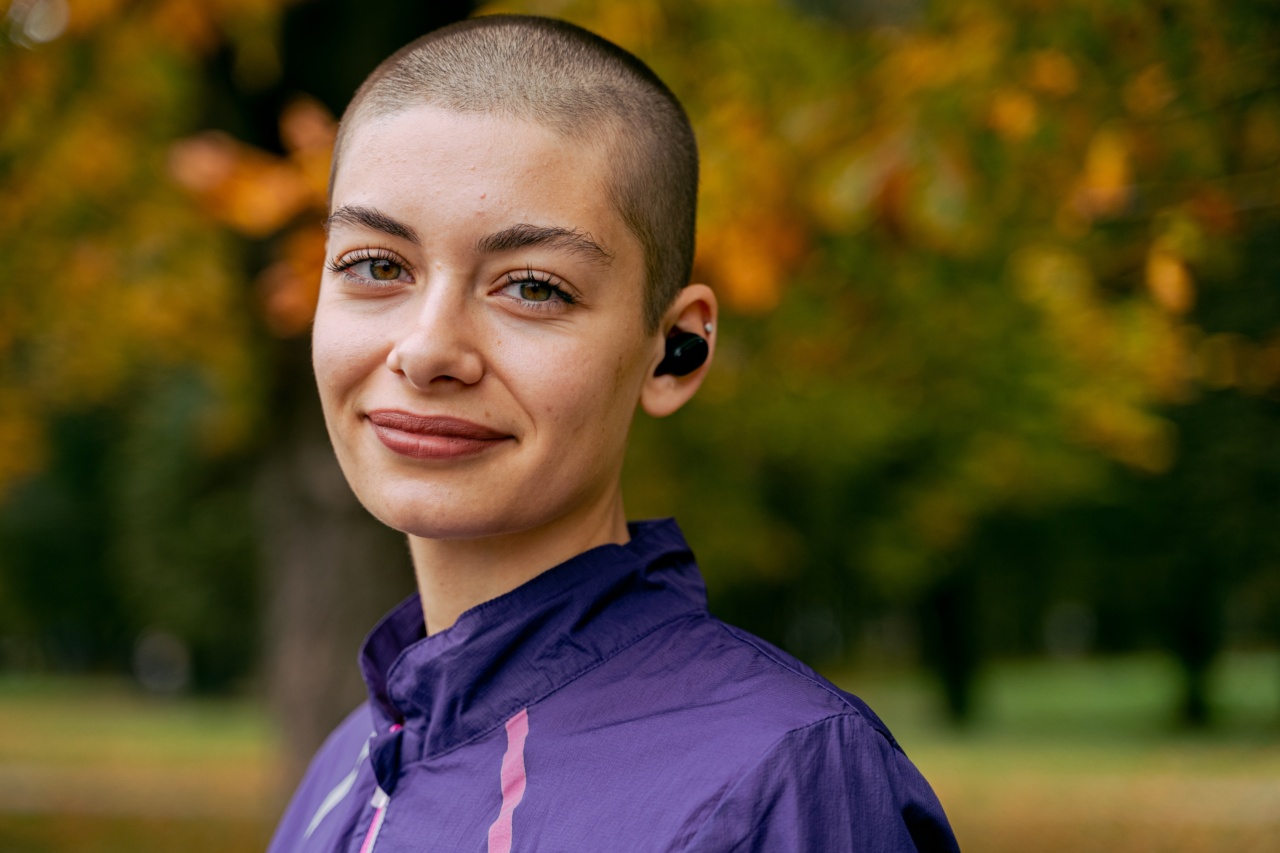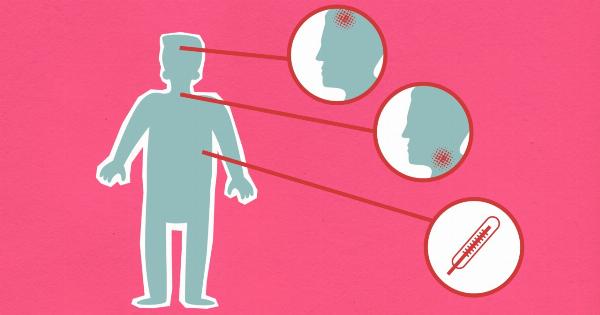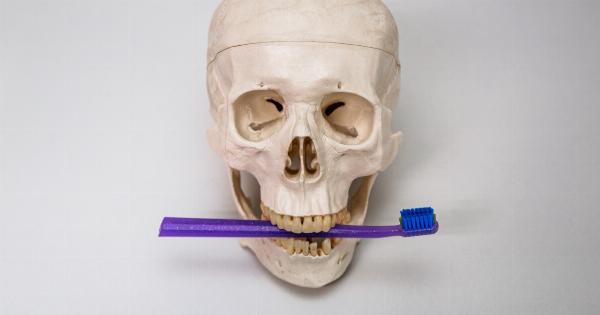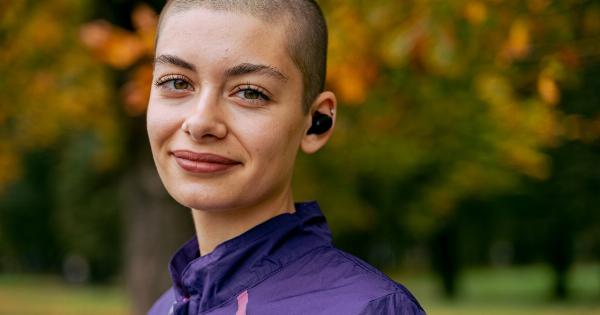Breast cancer is a complex disease that affects millions of people all over the world. It is the most common type of cancer in women and the second most common overall.
While many advances have been made in the treatment of breast cancer, it remains a significant public health concern. Conquering the myriad Golgothas of breast cancer requires a multifaceted approach that includes prevention, early detection, and effective treatment.
Prevention
Prevention is key when it comes to reducing the incidence of breast cancer. While some risk factors, such as age and genetics, cannot be controlled, there are many lifestyle factors that can be modified to reduce the risk of developing breast cancer.
Eat a Healthy Diet
A healthy diet can go a long way in reducing the risk of breast cancer. Aim to eat a diet rich in fruits, vegetables, whole grains, lean proteins, and healthy fats.
Avoid processed foods, sugary drinks, and excessive alcohol consumption, which have all been linked to an increased risk of breast cancer.
Exercise Regularly
Regular exercise has been shown to reduce the risk of breast cancer. Aim for at least 150 minutes of moderate-intensity exercise per week, such as brisk walking, cycling, or swimming. Resistance training, such as weightlifting, can also be beneficial.
Maintain a Healthy Weight
Obesity is a risk factor for breast cancer, especially in postmenopausal women. Aim to maintain a healthy weight through a combination of diet and exercise.
Early Detection
Early detection is crucial when it comes to treating breast cancer. The earlier the cancer is detected, the better the chances of successful treatment.
Self-Exams
Performing regular breast self-exams can help detect any changes or abnormalities in the breast tissue. If you notice any changes, such as a lump or thickening, nipple discharge, or changes in breast size or shape, see your doctor right away.
Clinical Exams
Regular clinical exams by a healthcare provider are also important for early detection. Your doctor will perform a physical exam of the breasts and may recommend additional imaging, such as a mammogram or ultrasound, if necessary.
Mammograms
Mammograms are the gold standard for breast cancer screening. Women over age 40 should have regular mammograms, which can detect breast cancer at an early stage, often before any symptoms are present.
Effective Treatment
If breast cancer is detected, effective treatment is essential for a successful outcome. Treatment options may include surgery, radiation therapy, chemotherapy, hormone therapy, or a combination of these treatments.
Surgery
Surgery is often the first line of treatment for breast cancer. It may involve a lumpectomy, which removes the cancerous tissue while leaving the breast intact, or a mastectomy, which removes the entire breast.
Radiation Therapy
Radiation therapy is often used in conjunction with surgery to kill any remaining cancer cells and prevent the cancer from returning. It involves using high-energy radiation to target the cancer cells.
Chemotherapy
Chemotherapy involves the use of drugs to kill cancer cells. It may be used before or after surgery, depending on the stage and type of breast cancer.
Hormone Therapy
Hormone therapy is used to treat breast cancers that are hormone-receptor-positive, meaning they rely on hormones such as estrogen to grow. It may involve blocking the hormones or reducing their production.
Conclusion
Breast cancer is a complex disease that requires a multifaceted approach to conquer. By focusing on prevention, early detection, and effective treatment, we can improve outcomes for those affected by breast cancer.
Regular screenings and a healthy lifestyle can go a long way in reducing the risk of breast cancer, while early detection and effective treatment can improve the chances of a successful outcome.





























